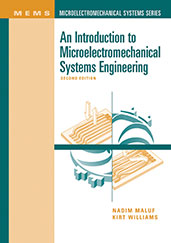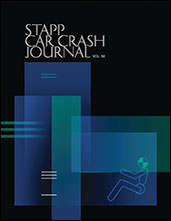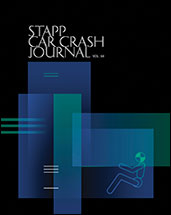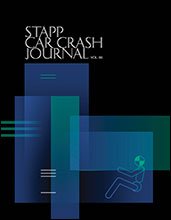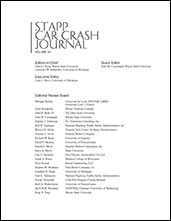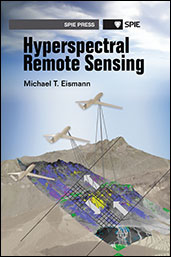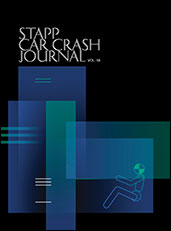Book

LiDAR Technologies and Systems
2019-07-10
LiDAR is one of many active sensor technologies that uses electromagnetic radiation. Operating in the optical and infrared wavelengths, it is similar to more-familiar passive EO/IR sensor technology. It is also similar to radar in that it uses reflected electromagnetic radiation emitted by the sensor. LiDAR is commonly used for making high-resolution maps and has applications in geodesy, geomatics, archaeology, geography, geology, geomorphology, seismology, forestry, atmospheric physics, laser guidance, airborne laser swath mapping, and laser altimetry. It is also being used for control and navigation of some autonomous cars. The first part of LiDAR Technologies and Systems introduces LiDAR and its history, and then covers the LiDAR range equation and the link budget (how much signal a LiDAR must emit in order to get a certain number of reflected photons back), as well as the rich phenomenology of LiDAR, which results in a diverse array of LiDAR types.


